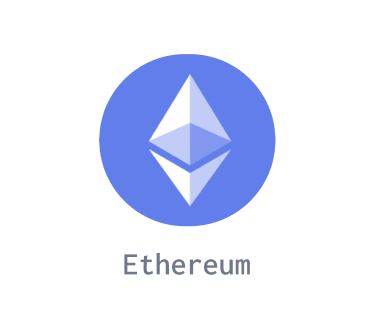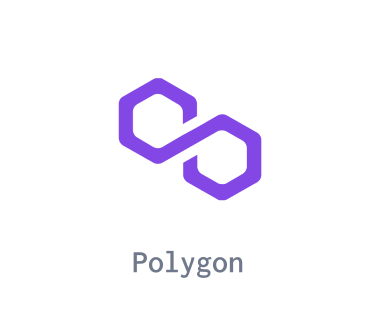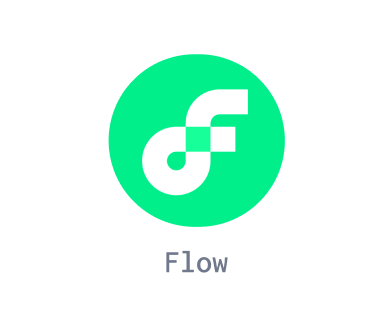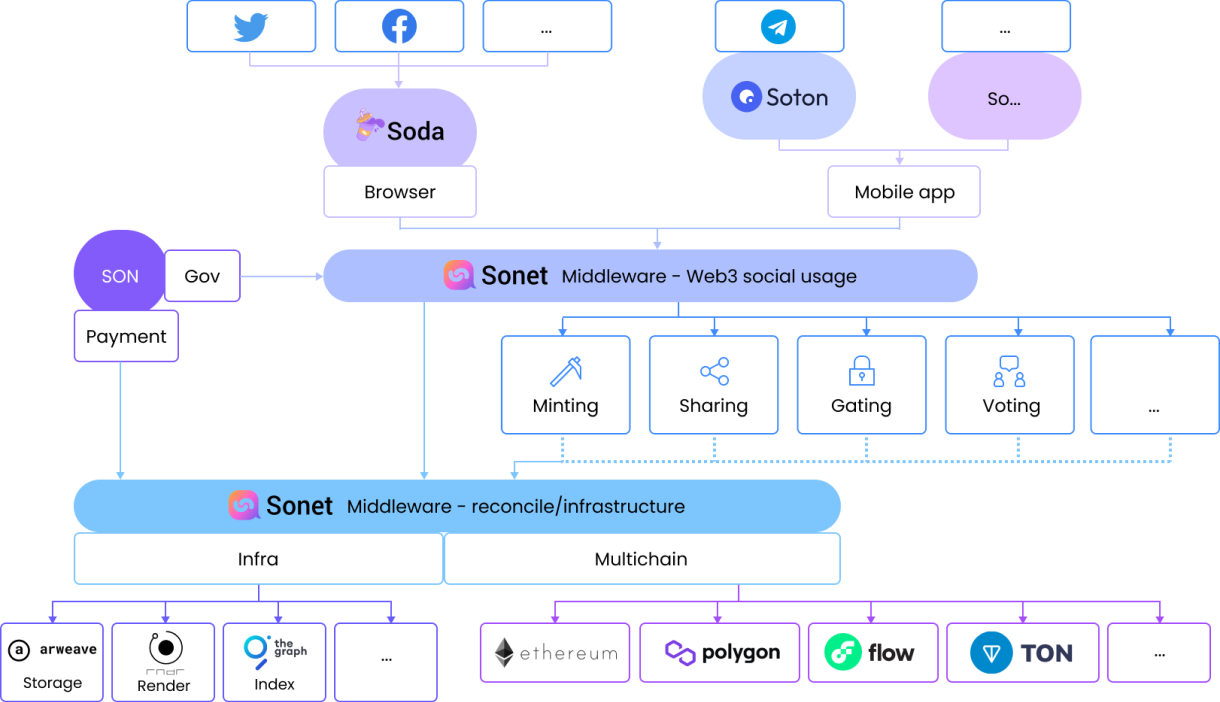
Social Middleware for Web3
Sonet's open-source middleware extends Web3 infrastructure across Web2 social networks
Elevate Telegram on TON
Power Twitter & Facebook

Onboarded DAOs & NFT Projects
368

Surveys & Proposals Created
1,638

Active Member Participation
38,955
Product

Soton
Elevate Telegram on TON

Soda
Power Twitter & Facebook
Project Partnerships

Curve Finance

Frax

Harmony

Contribution DAO

Push

RAI

Global Coin Research

Define

Jenny DAO
Ecosystem Integration

Gnosis Safe

Metamask

Snapshot

Coinshift

DeepDAO

Boardroom

Layer3

Rabbithole

Collab.land
Focused on TON




Multichain Deployed
Overview of Architecture
Sonet’s infrastructure layer provides an end-to-end platform & SDK of entry points for dApps and tools to create the best experience for Web3 projects and consumers on Web2 socials.

Sonet Token System
Native Token of Sonet
SON holders can participate in governance across the DAO ecosystem, enabling governance, reducing friction and granting rewards.
SON holders get access to NFT launch events, airdrops, VIP access to local events and merchandise.
SON is powered by our Sonet middleware providing settlement & clearing services and serving as a bridge for connecting powerful protocols under a single platform.
Complete Middleware Platform
Sonet is an all-in-one service provider that tackles multiple layers from front-end to back-end for consumers and builders.

Consumer Applications
DAO and NFT-centric tools to enhance community engagement by leveraging Web3 functionalities

Social Service Middleware
Empower projects with a full suite of services by combining robust services across the ecosystem under one platform

Infrastructure Platform
Open SDK for developers to seamlessly build and connect to Sonet’s middleware platform and infrastructure layer
2023 Roadmap
Q1 2023
- DAO proposal & vote on TON network through Telegram application
- Ballot for NFT and TON
- Multi-chain wallet support
- SDK for application developers
Q2 2023
- Custom NFT connect to personal TON wallet and Telegram
- Custom NFT minting directly in Telegram
- Multimedia custom NFT presentation in Telegram, including 3D assets
- Sonet utility token integration
Q3 2023
- Embedded custom NFT marketplace in Telegram
- Dapp integration & publishing across all networks
- Social Investing & Trading
- Predictions Market
- NFT 3D interactive view
Q4 2023
- Web2 SNS statistics aggregator for NFTs
- Mobile dApp with wallet support
- Gaming dApp support on web/mobile SNS
- Open framework for metaverse apps
FAQ
What problems will Sonet solve and why are they important?
App developers today face the integration challenges of different fragmented service providers on different blockchain networks. This creates a lot of barriers and friction for development, that’s a big reason why developers stick to only EVM compatible and dedicate to only one blockchain network. A lot of work is spent to integrate a specific application with several targeted service providers in the current state of app development.
The near-term target solution is that top service providers are increasingly multi-chain and building better SDKs, which allows app developers to integrate more easily across different blockchain networks. However, there will always be new and better service providers, which will be behind in accessibility. Moreover, cross-chain protocols are not standard and focus mainly on asset transfer, so business smart contracts are not supported enough at the moment.
What is Sonet’s competitive advantage over similar projects?
Middleware platforms today fall short in addressing the three main communication problems of Web3. We are resolving them in the following ways:
Communication entry points - MVP Web2 extension (Soda), a mobile application in the future.
Communication channel for users - leveraging existing Web2 applications like popular social networks, and future apps will be created using our SDK middleware development framework.
Content communication - Integrated in the channels through our middleware aggregator where end users interact in Web2 using Web3 infrastructure services.
Case study: DAOs
Problem: current DAO solutions are very fragmented for new entrants. It takes a lot of consolidation and coordination to manage a simple process such as setting up decentralized governance for its community members. This creates barriers to entry for existing Web2 users that would like to venture into Web3.
Proposed solution: a one stop governance solution that directly integrates into user entry points through Web2 social media channels such as Twitter and Facebook. This greatly reduces friction and allows for seamless onboarding of new users.
How Sonet can achieve this solution: with Sonet’s latest Web2 extension Soda, NFT holders can connect to their Twitter/Facebook and utilize important Web3 functions, including DAO governance and voting. Additionally, Sonet is integrated with the top Web3 backend service providers, allowing for added functionality and support.
How does Sonet solve the problems of focus?
Our vision is to create a middleware aggregator for all service providers, including the new ones, so that app developers can have more accessibility to the best infrastructure services from Web3. On the frontend Sonet functions like a traditional Web2 cloud service such as AWS or Google, easy to use and to develop on. We could also have a marketplace like AWS that allows developers to register and build on top of.
Our unique approach is to focus on content, including: content storage, data allocation, and meta-self presentation. Along with content, we are creating the most uniform payment system across all services and blockchains using our own native token dedicated to this middleware. We are simplifying for app developers the different pricing and payment models between services, such as swap settlement for different gas fee tokens.
What services does Sonet offer to its clients?
Sonet offers three core services for its clients:
Platform-as-a-Service: Open SDK for traditional Web2 app developers to seamlessly build and connect to Web3 using Sonet’s middleware platform
Infrastructure-as-a-Service: Partner with Web3 backend service providers to create a robust connected infrastructure that can be leveraged by dApp developers
Software-as-a-Service: Integrate Web2 apps into our social NFT extension, Soda, to enable their Web2 users to access Web3 through their native social media sites
What is Soda?
Soda is a social NFT and DAO extension on Web2 social networks that is built on Polygon. Currently Soda has fully integrated with Facebook, Twitter and more to come. Ultimately, we will launch our own network to onboard all users to fully enjoy the Web3 version of Soda. Soda serves as a gateway for users to autonomously manage identity and data privacy at their entry points across various metaverses. It also allows projects to create a DAO off of minted NFTs, and supports offchain governance and community building through Facebook and Twitter. Soda will educate and enable Web2 users to experience NFTs and DAOs seamlessly in the following ways:
Library: Discover, share, and interact with friends across a universal library of social assets and organizations
Tokenization: All-in-one extension to create, tokenize and share social creations and form communities around them
Interaction: React, bond and collaborate through tracked activities
Additionally, the Soda Market is a marketplace that supports NFT mints with decentralized technology, while transferring through original traditional social networks as communication channels. Soda will be integrated with existing marketplaces like OpenSea to make it easier to list their creations for sale or buy new NFTs and have them flow into Soda’s ecosystem.
Why do you think people will mint NFTs on social networks?
NFTs by nature are very social because we want to be able to share our collection of digital assets with our friends and family. If you are able to mint and tokenize any asset directly on the social networks, you would also be more encouraged to share and appreciate what you own or have an interest in.
With Soda’s DAO capabilities, users can mint NFTs on social networks to create a DAO for their project. Voting on proposals can also be done off of the minted NFTs that are posted on social media. Through Soda, NFTs are given a lot of utility from the very beginning.
What is Sonet middleware and its relationship with the Soda extension?
Sonet is an all-in-one middleware platform to support Web3 and Soda is the extension providing a direct entry point to applications. Soda is Sonet’s first Web2 extension that is connected to the Sonet middleware aggregator. We’re an integrator of blockchain services that provide all the backend infrastructure that optimize the applications built on our platform. Soda will serve as the link between Web2 and Web3.
Sonet is trying to build a society web upon Web2 to provide a self-sovereign content network for end users, with a mobile app and web browser extension to manage the content. For our DAO community, Sonet will offer a batch minting tool that allows these organizations to mint and release their own NFT series apart from the NFTs used for inception.






